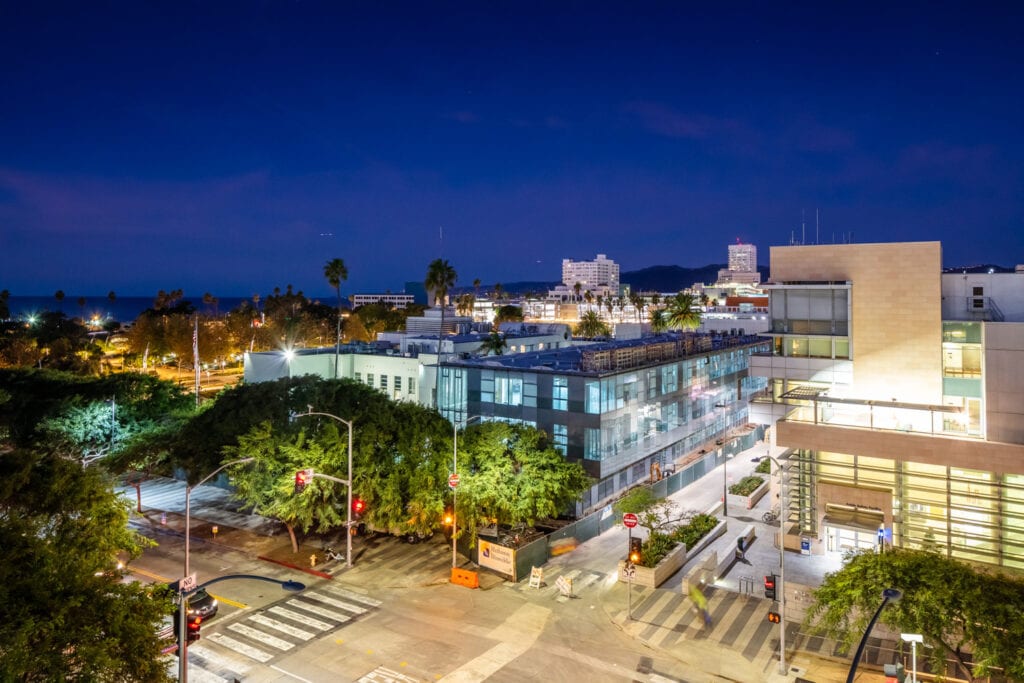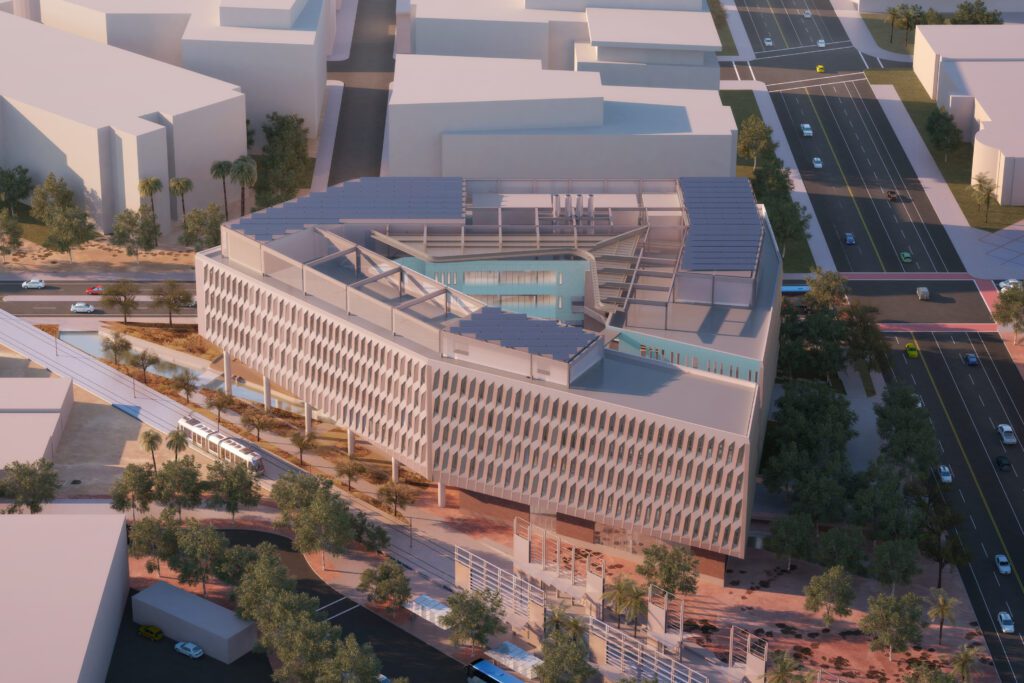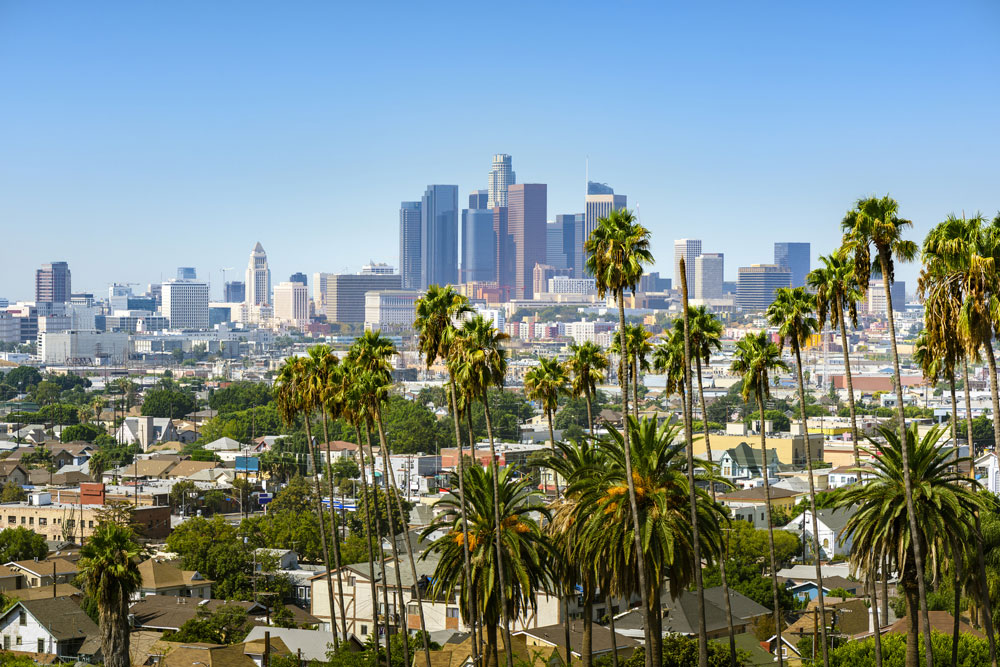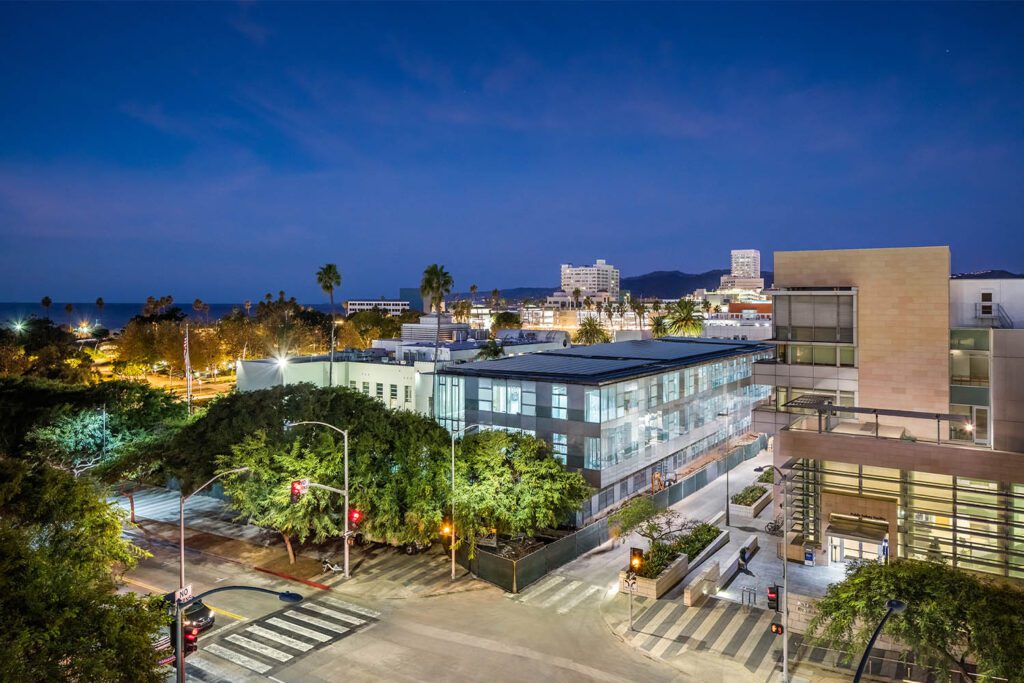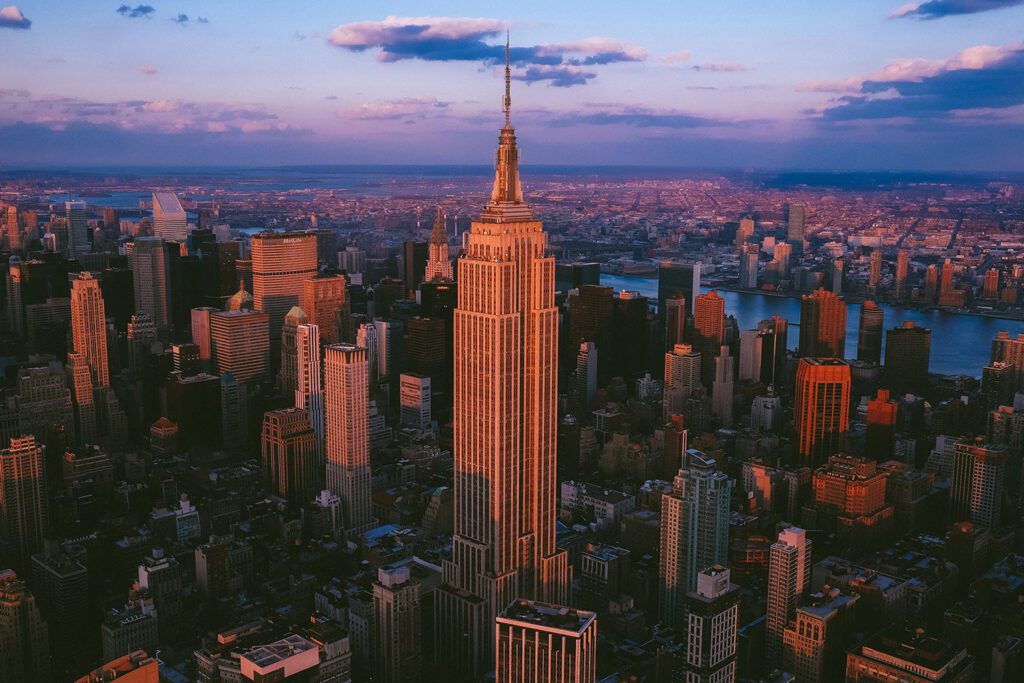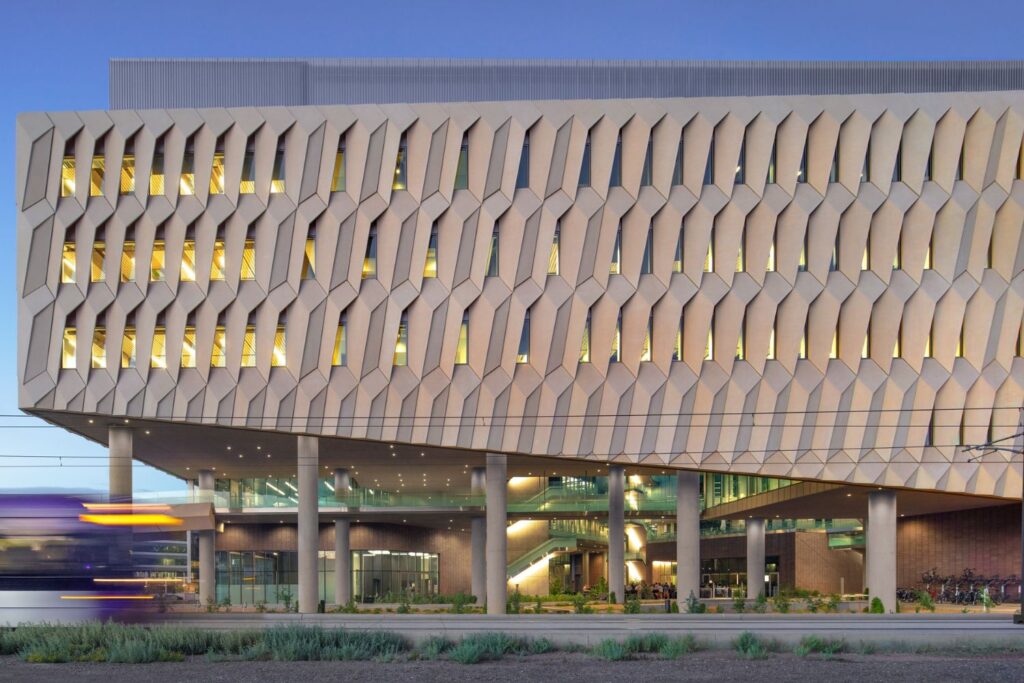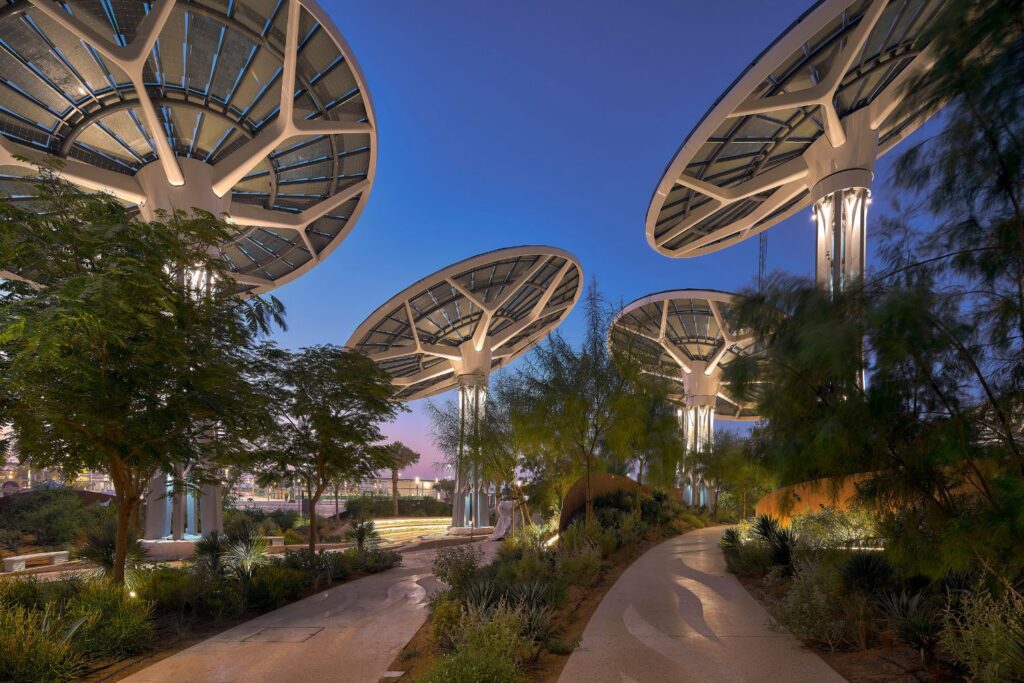5 Sustainable Projects from the United States Celebrating Earth Day
Buro Happold is proud to work on so many incredible sustainable projects across the United States. From the Empire State Realty Trust Deep Energy Retrofits to the City of Los Angeles Decarbonization project, take a look at 5 of our favorite recent sustainability projects in the United States.
As early adopters of ambitious sustainability frameworks, Buro Happold helps influence sustainability standards used across the industry. Our ability to interpret a client’s vision into high performance, net zero building design has enabled Buro Happold to develop an extensive portfolio of resilient and energy efficient buildings since completing the first LEED Platinum office building in the U.S. in 2001.
In addition to setting Net Zero Carbon goals for our own business, we have joined the World Green Building Council Net Zero Carbon Buildings Commitment. We have pledged urgent action to ensure our portfolio of buildings operate at net zero carbon by 2030, positioning energy efficiency as a central component to achieving decarbonization across global building portfolios, in addition to generating and procuring renewable energy to meet reduced energy demand. Buro Happold is also a proud signatory of the MEP2040 and SE2050 commitments.
1. Empire State Realty Trust Deep Energy Retrofit
Almost 40% of global greenhouse gas emissions are attributable to buildings and construction. Emissions reduction in the built environment is therefore critical to address the climate emergency.
Empire State Realty Trust (ESRT) is a REIT that owns and manages a diverse portfolio of office, retail and multi-family assets across Manhattan and the greater New York metropolitan area. ESRT and Buro Happold have worked together on efforts to reduce carbon emissions at the Empire State Building, to develop decarbonization pathways to achieve net-zero carbon across ESRT’s large portfolio of buildings by 2035, and to help define incentives to support low energy solutions that can be applied across New York City. This proactive action by ESRT, supported by Buro Happold, goes beyond legislative requirements and is part of the implementation of their roadmap – and ambition to visibly drive change at scale.
Buro Happold successfully supported ESRT to achieve $5m in funding through New York State Energy Research and Development Authority’s (NYSERDA) Empire Building Challenge, a state funded challenge to demonstrate different pathways toward carbon neutrality in tall buildings in the city. Funding will be used to implement low carbon retrofits at the Empire State Building, which will focus on central plant optimisations, energy recovery and heating electrification. As with all such projects within the built environment, consideration must be given to embodied carbon as well as operational carbon.
Read our interview with associate MEP engineers in our New York office, Astrid Sardiñas and Daniel Bersohn. We spoke to them to find out why the built environment must decarbonize, why New York City presents unique challenges and the actions taken to decarbonize the Empire State Building.
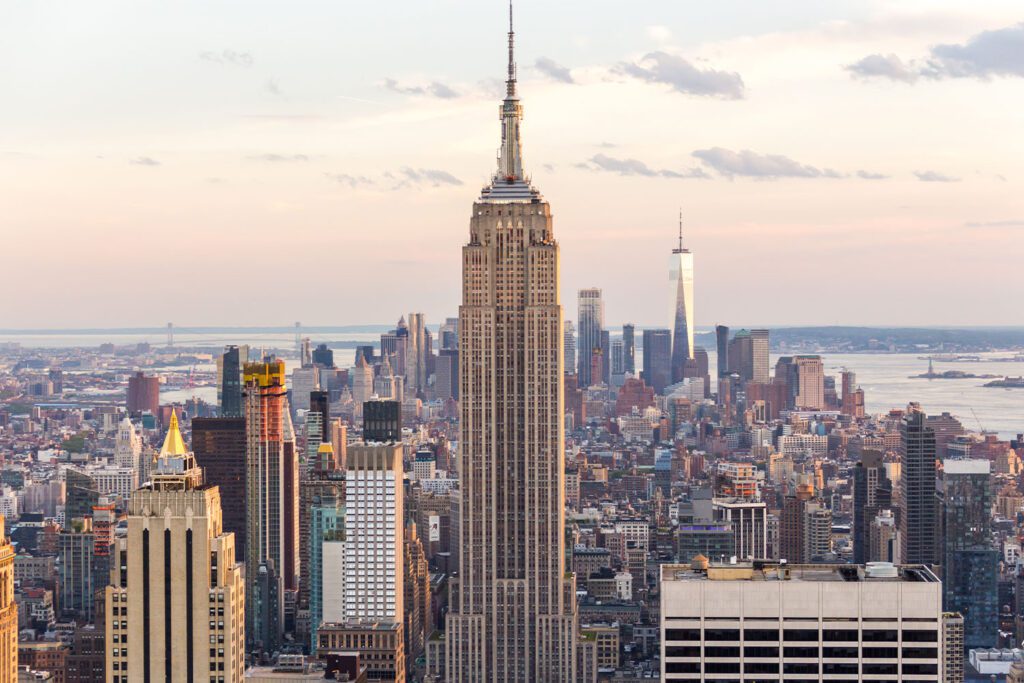
2. Arizona State University, The Rob and Melani Walton Center for Planetary Health
The Rob and Melani Walton Center for Planetary Health at Arizona State University tells a story of deliberate engineering choices that have reduced embodied carbon at a high-performance research facility. The university features leading-edge research, including innovative endeavors focusing on the sustainability of food, water and energy.
The facility promotes an interdisciplinary approach to knowledge generation and leading-edge research intent on improving life on the planet. The facility houses spaces for biological sciences, engineering, life sciences and sustainability, with a particular focus on the sustainability of food, water and energy. It also has public outreach and exhibition spaces, a conference center and a 389-seat auditorium. Dry lab space may include computing, cyber-security, engineering design and fabrication, and robotics. The new research center is maximizing sustainable best practices to reduce operational energy, water demand and embodied carbon.
Working with the design team (Architekton and Grimshaw), Buro Happold provided MEP engineering, structural engineering, facade engineering, lighting design and energy consulting services on the project which is designed to achieve LEED Platinum certification.

3. City of Los Angeles Decarbonization
Two motions were introduced for consideration by Los Angeles council early in 2022. These motions requested various city departments to provide recommendations for strategies that would help eliminate carbon emissions in new and existing buildings in the city. As well as provide an ordinance framework that requires new buildings be built to achieve zero carbon emissions.
Buro Happold was contracted via the Los Angeles Department of Building Safety to provide technical assistance, and decarbonization recommendations and support the development of an ordinance for new and existing building’s decarbonization requirements. The City of Los Angeles Decarbonization project, therefore, has been broken down into 2 phases.
Materials around funding, specifically funding related to the Inflation Reduction Act, were compiled and have been used to help address cost concerns of requiring specific building/equipment upgrades. This will allow our team’s recommendations to be feasibly implemented and will lead to wide scale building electrification, guiding Los Angeles towards carbon neutrality by 2050.

4. Michelle and Barack Obama Sports Center
The Michelle and Barack Obama Sports Center is part of the City of Los Angeles’ vision to develop the 29 acre Rancho Cienega Regional Park in line with wider community improvement plans.
The Michelle and Barack Obama Sports Center provides fantastic amenities for the whole community to enjoy. Through a highly efficient design and the added renewable energy, the project is pursuing the International Living Future Institute’s (ILFI) Net Zero Energy certification for the gymnasium. Our work has ensured that the project is on target to meet our client’s sustainability goals and achieve LEED Gold certification and be the City of Los Angeles’ first net zero community center.
By working closely with the architect, SPF:a, we created a modular design with north and south operable walls that open to provide natural ventilation and increase the available area inside the building. The existing, outdated pool complex was demolished, but the old pool was retained and is used as a water cistern for reclaimed water. This retained water is then reused throughout the new complex, further improving its sustainable credentials.
In addition, we looked to harness sources of renewable energy wherever possible. For example, we have incorporated a photovoltaic array into our design, which is capable of generating more than 13% of the building’s energy requirements.

5. Santa Monica City Hall East
The 50,200ft2 Santa Monica City Hall East is a modern extension to the existing City Hall and houses state of the art, energy efficient civic offices. Santa Monica City Hall East is the first completed municipal building to seek full Living Building Challenge certification.
Teamed with Fredrick Fisher & Partners, Buro Happold provided sustainability, MEP engineering, facades engineering and lighting design services to ensure the new office building meet the Living Building Challenge™ criteria. These are the most rigorous performance standards in the built environment, surpassing even the highest LEED certification requirements, which demand that a building actually makes positive contributions to its environment as opposed to merely lessening its negative impact.
The Santa Monica City Hall East project includes a solar power array on the roof, composting toilets and greywater reuse for net-zero water, radiant cooling/heating, high-performance glazing, natural ventilation, and phase-change insulating materials, among other sustainable attributes. The building was named one of the world’s most sustainable municipal buildings in Green Building & Design magazine as well as “One of America’s Greenest City Hall Buildings” in Architectural Digest.
